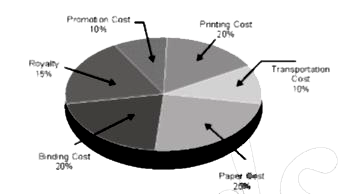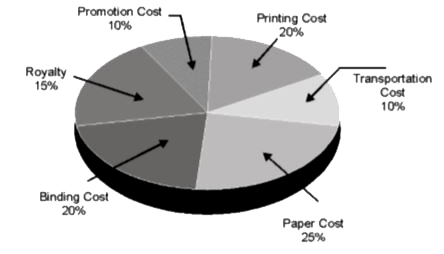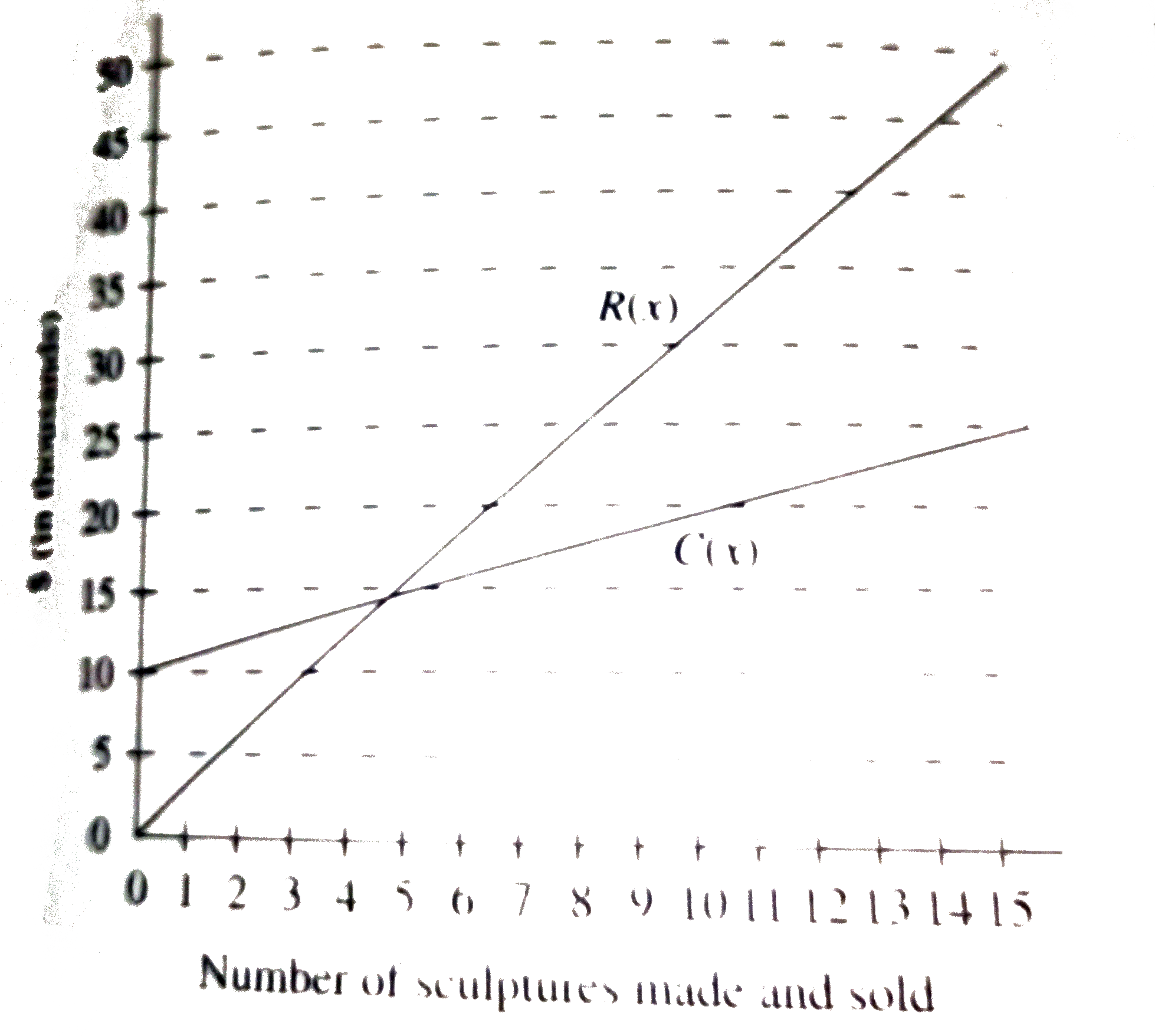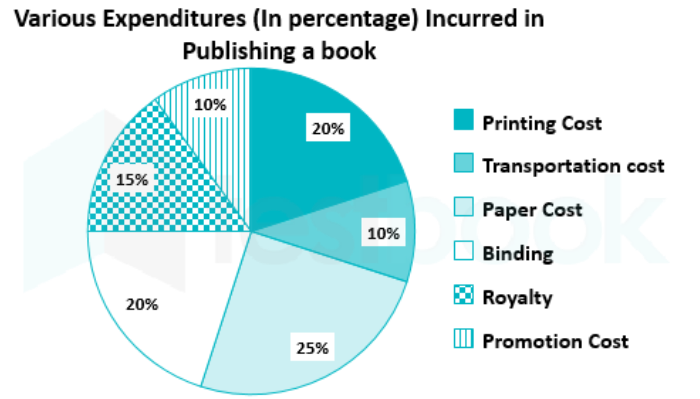When the barter system was in use , a merchant had to incur cost in the absence of money. What were those costs ?
In barter system, a merchant had to incur trading cost which are nothing but costs of engaging in trade. Its two components are (i) Search cost which is cost of searching suitable persons to exchange goods and (ii) Disutility of waiting which means cost equivalent to wastage of time period spent on finding out the required person.
Topper's Solved these Questions
- MONEY AND BANKINGBOOK - CB SACHDEVACHAPTER - MONEY AND BANKINGEXERCISE - Cross Check Very short answer Questions
19 Videos
- MONEY AND BANKINGBOOK - CB SACHDEVACHAPTER - MONEY AND BANKINGEXERCISE - Short Answer Question of 3/4 marks each
25 Videos
- MONEY AND BANKINGBOOK - CB SACHDEVACHAPTER - MONEY AND BANKINGEXERCISE - Hots and applicable based Questions with answers
12 Videos
- GOVERNMENT BUDGET AND THE ECONOMYBOOK - CB SACHDEVACHAPTER - GOVERNMENT BUDGET AND THE ECONOMYEXERCISE - Long Answer Questions
20 Videos
Similar Questions
The given pie chart shows the percentage distribution of the expenditure incurred in publishing a book study the pie chart and the answer the question based on it.

IN the given pie chart, by what percentage printing and Binding cost on the book is less than the other costs?
View SolutionThe given pie chart shows the percentage distribution of the expenditure incurred in publishing a book study the pie chart and the answer the question based on it.

In the given pie chart by what percentage the promotion cost on the book is less than the paper cost?
View Solution
Knowledge Check
An article is sold for Rs 500 and hence a merchant loses some amount. Had the article been sold for Rs 700, the merchant would have gained three times the former loss. The cost price of the article is:
ARs 525BRs 500CRs 600DRs 650A poor , frustrated artist named Fresco created a plan to make money. He collected trash, repurposed it into sculptures, then asked various celebrities to write and paint on these trash objects, which he then sold on his own as modern high art. The chart below separately shows the cost and revenue of his plan. The linear cost function, C(x) , represents the total money spent to make and market the art , while the linear revenue function, R(x) , shows the amount of money he has made in sculpture sales.

The cost function in the chart is determined by a constant production cost per sculpture - in this case, the amount Fresco pays each celebrity to participate - as well as a fixed cost , or the initial cost of promoting the project . What is the fixed cost of Fresco's trash sculpture project ?A$1,000B$5,000C$10,000D$15,000Bartering is the act of trading one good or service for another without using a medium of exchange such as money. A bartering economy differs from a monetary economy in a variety of ways. When barter was used as an exchange medium, the needs of people were very limited. This trading method doesn't involve money and it relies solely on exchanging goods and services for other services and goods in return.
The use of money spans a very large part of our everyday life. To understand the usefulness of money, we must consider what the world would be like without money. How would people exchange goods and services? Economies without money typically engage in the barter system. Barter is highly inefficient for trying to coordinate the trades in a modern advanced economy. In an economy without money, an exchange between two people would involve a double coincidence of wants, a situation in which both the parties have to agree to sell and buy each other's commodities. This is known as double coincidence of wants. What a person desires to sell is exactly what the other wishes to buy. In a barter system where goods are directly exchanged without the use of money, double coincidence of wants is an essential feature.
Another problem with the barter system is that it does not allow us to easily enter into future contracts for purchasing many goods and services. Money solves the problems that the barter system creates. Money serves as a medium of exchange, which means that money acts as an intermediary between the buyer and the seller. Modern forms of money include currency-paper notes and coins. The other form in which people hold money is as deposits with banks.
Answer the following MCQs by choosing the most appropriate option
In a barter system:AGoods are exchanged for moneyBGoods are exchanged for foreign currencyCGoods are exchanged without the use of moneyDGoods are exchanged on credit.
The given pie-chart, shows the percentage distribution of the expenditure incurred in publishing a book. Study the pie-chart and the answer the questions based on it

In the given pie-chart by what percentage the Promotion cost on the book is less than the Paper cost?
View SolutionBartering is the act of trading one good or service for another without using a medium of exchange such as money. A bartering economy differs from a monetary economy in a variety of ways. When barter was used as an exchange medium, the needs of people were very limited. This trading method doesn't involve money and it relies solely on exchanging goods and services for other services and goods in return.
The use of money spans a very large part of our everyday life. To understand the usefulness of money, we must consider what the world would be like without money. How would people exchange goods and services? Economies without money typically engage in the barter system. Barter is highly inefficient for trying to coordinate the trades in a modern advanced economy. In an economy without money, an exchange between two people would involve a double coincidence of wants, a situation in which both the parties have to agree to sell and buy each other's commodities. This is known as double coincidence of wants. What a person desires to sell is exactly what the other wishes to buy. In a barter system where goods are directly exchanged without the use of money, double coincidence of wants is an essential feature.
Another problem with the barter system is that it does not allow us to easily enter into future contracts for purchasing many goods and services. Money solves the problems that the barter system creates. Money serves as a medium of exchange, which means that money acts as an intermediary between the buyer and the seller. Modern forms of money include currency-paper notes and coins. The other form in which people hold money is as deposits with banks.
Answer the following MCQs by choosing the most appropriate option
Which of the following feature of money acts as an intermediate in the exchange process?
View SolutionBartering is the act of trading one good or service for another without using a medium of exchange such as money. A bartering economy differs from a monetary economy in a variety of ways. When barter was used as an exchange medium, the needs of people were very limited. This trading method doesn't involve money and it relies solely on exchanging goods and services for other services and goods in return.
The use of money spans a very large part of our everyday life. To understand the usefulness of money, we must consider what the world would be like without money. How would people exchange goods and services? Economies without money typically engage in the barter system. Barter is highly inefficient for trying to coordinate the trades in a modern advanced economy. In an economy without money, an exchange between two people would involve a double coincidence of wants, a situation in which both the parties have to agree to sell and buy each other's commodities. This is known as double coincidence of wants. What a person desires to sell is exactly what the other wishes to buy. In a barter system where goods are directly exchanged without the use of money, double coincidence of wants is an essential feature.
Another problem with the barter system is that it does not allow us to easily enter into future contracts for purchasing many goods and services. Money solves the problems that the barter system creates. Money serves as a medium of exchange, which means that money acts as an intermediary between the buyer and the seller. Modern forms of money include currency-paper notes and coins. The other form in which people hold money is as deposits with banks.
Answer the following MCQs by choosing the most appropriate option
Which of the following can be considered as modern form of Money?
View SolutionBartering is the act of trading one good or service for another without using a medium of exchange such as money. A bartering economy differs from a monetary economy in a variety of ways. When barter was used as an exchange medium, the needs of people were very limited. This trading method doesn't involve money and it relies solely on exchanging goods and services for other services and goods in return.
The use of money spans a very large part of our everyday life. To understand the usefulness of money, we must consider what the world would be like without money. How would people exchange goods and services? Economies without money typically engage in the barter system. Barter is highly inefficient for trying to coordinate the trades in a modern advanced economy. In an economy without money, an exchange between two people would involve a double coincidence of wants, a situation in which both the parties have to agree to sell and buy each other's commodities. This is known as double coincidence of wants. What a person desires to sell is exactly what the other wishes to buy. In a barter system where goods are directly exchanged without the use of money, double coincidence of wants is an essential feature.
Another problem with the barter system is that it does not allow us to easily enter into future contracts for purchasing many goods and services. Money solves the problems that the barter system creates. Money serves as a medium of exchange, which means that money acts as an intermediary between the buyer and the seller. Modern forms of money include currency-paper notes and coins. The other form in which people hold money is as deposits with banks.
Answer the following MCQs by choosing the most appropriate option
Which of the following has an essential feature of double coincidence?
View SolutionA cloth seller sells his complete stock of an item and incurs a loss of 10 percent. What is his cost price for the stock if the total loss is Rs 3000?
View Solution
